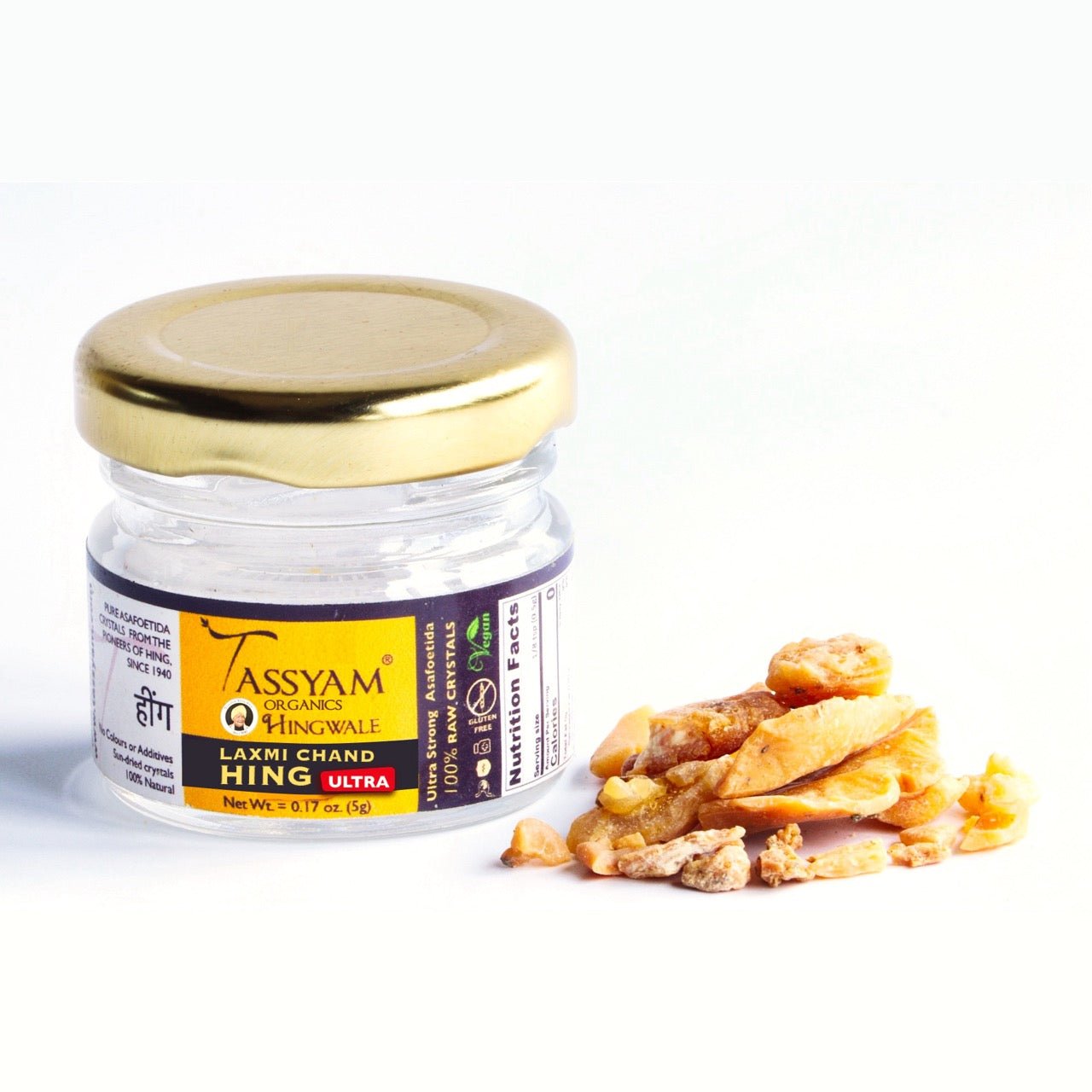
You can make all of this!
Share

Spices are the essence and the most remarkable part of Indian cuisine. Indian food is aromatic, savory and spicy. Spices are what makes it special and tantalizes the palate. Indian cooking is all about attaining the spiritual, physical and emotional balance. Without the spices, the delightful flavors of Indian food are incomplete. The spices and herbs are the major reason why Indian food has become a global favorite. So, in short, it can be said that Indian cuisine and spices go hand in hand.
There are a variety of spices in different types of shapes and colors, for example, aromatic cinnamon bark, black mustard seeds, golden turmeric, green and black cardamom, red chili powder, pungent ginger etc. Spices are selected according to the type of dish like vegetarian curry, chicken, fish or meat dish or a spiced decadent dessert; the required spices vary with many factors like region, culture etc. There are many methods of using spices in Indian cooking like grinding, roasting, adding the whole spice or by making different combinations.

The most common spices used to prepare the Indian food are:
Asafetida/Hing: Hing often smells like a combination of sulfur and onions to those who are unacquainted with this pungent spice. But a pinch of hing does wonders and adds that umami to Indian cooking.
Black Pepper: There’s a reason that this spice is so well cherished and is also known as the king of spices. It is one of the oldest and most popular spices on this planet. It was discovered 4000 years ago and is indigenous to South India.
Cardamom: Cardamom's taste is light while its aroma is strong but gentle and fruity. In India Cardamom is referred to as the "queen of spices"
Chili: It is the heart of Indian cooking and has multiple uses, from simple snacks to complex curries.
Cinnamon: Rolled Cinnamon Sticks are derived from the stems of the cinnamomum tree. There are some scents that remind us about the comfort of home and can soothe our bodies in the process. Case in point: the sweet and warm smell of cinnamon.
Cloves : In the north Indian cuisine, it is used in almost every dish in grounded form. They form a key ingredient in the preparation of tea and garam masala.
Coriander : Coriander is a staple ingredient in spice blends like garam masala and Indian curry.

Cumin : A very popular spice in India, cumin is a major element in numerous dishes. It has a distinctive flavor and is somewhat bitter and should be used sparingly.
Fenugreek Seeds: Fenugreek seeds are rich in protein and are used whole or ground in a variety of dishes giving that extra zing.
Garlic : Most Indian recipes call for fresh garlic, but you can stock up dried garlic flakes or powder.
Ginger: Ginger has a light, pungent aura and the taste is intense and sharp. This is a chief ingredient in curry, chutneys, fish and poultry.
Mustard Seed: Mustard seeds are often used as tadka or tempering made with ghee for Indian dishes like Dal (lentil).
Nutmeg : The flavor of Nutmeg is bittersweet with deep woody tones and is a key ingredient in several spice blends.
Onions : Onions are the basis of many curries, and they're found in much of India's cuisine. For convenience, you can also use onion powder.
Turmeric Powder: Turmeric is a central ingredient in Indian Cooking. It is a natural antiseptic and great for adding color to milk, desserts, and foods.
These are just a few spices that are used. Apart from these, there are numerous types of spices and herbs used in authentic Indian cuisine.

